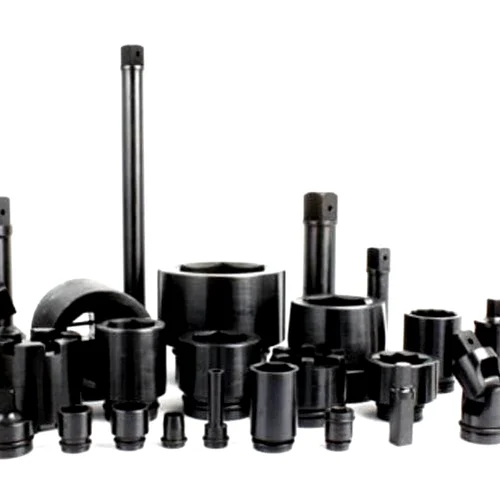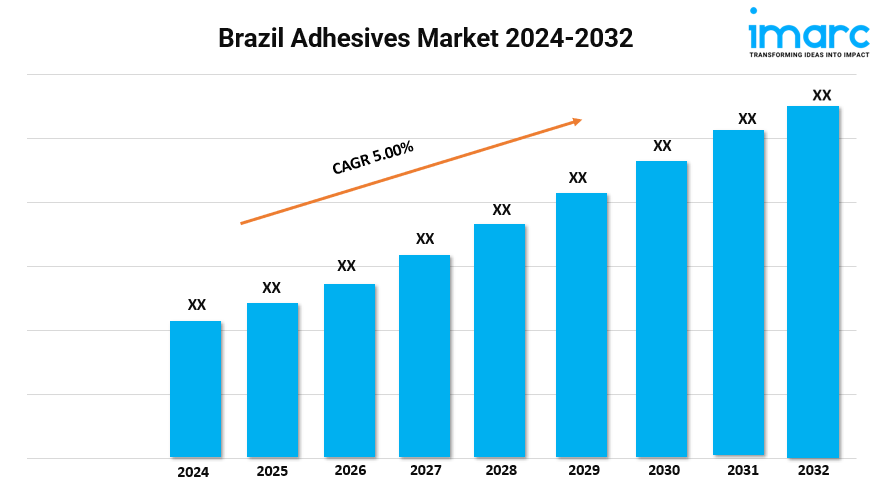7 Strategies to Reduce Closing Costs and Make Homeownership More Affordable

Buying a home is an exciting but also a daunting task, especially when it comes to the financial side of things. While a down payment is a crucial initial expense, it's not the only cost you need to consider. Closing costs, which can range from 2% to 5% of your total loan amount, are another significant expense that can add up quickly. With the median home sales price exceeding $400,000, closing costs can easily surpass $20,000. The good news is that there are several strategies you can use to reduce your closing costs and make homeownership more affordable. Closing costs are the fees you pay to various service providers during the home-buying process. They typically include application fees, credit check fees, origination fees, underwriting fees, recording fees, appraisal fees, home inspection fees, discount points, property survey fees, title search fees, title insurance policies, attorney fees, and real estate agent commissions. The exact amount you’ll pay will depend on your mortgage lender and the type of mortgage you get.
- Ask about lender credits: Some mortgage lenders offer lender credits to help reduce your closing costs in exchange for a higher interest rate over the life of your loan. This can be a good option if you’re short on cash or plan to sell the home within a few years.
- Look for closing cost assistance programs: If you’re struggling with closing costs, look into closing cost assistance programs offered by state housing finance agencies (HFAs) for low-to-moderate-income home buyers. These programs can come in the form of grants, forgivable loans, or deferred loans.
- Comparison shop: Shop around for different mortgage lenders, loan types, and third-party services to find the best deals on closing costs. Lenders are required by law to provide you with a Loan Estimate within three business days after you apply for a mortgage.
- Negotiate with the lender: Review your Loan Estimate and try negotiating with lenders to reduce or waive some of your closing costs. This can include fees like the application fee, origination fee, underwriting fee, rate lock fee, home insurance premium, and title insurance.
- Negotiate with the seller: In a strong buyer’s market, you may be able to negotiate with motivated sellers to take on some of your closing costs.
- Consider no-closing-cost loans: No-closing-cost mortgages roll your closing costs into the loan amount, which increases your interest payments over the life of the mortgage. However, this can be a good option if you’re short on cash or want to put more money toward a larger down payment.
- Wait until the end of the month to close: Prepaid interest is one of the closing costs you’ll have to pay. By scheduling your closing date near the end of the month, you’ll owe less in prepaid interest at closing.
In addition to these strategies, here are some frequently asked questions (FAQs) to help you minimize closing costs:
Q: Is it good to roll closing costs into a mortgage? A: While it can save on out-of-pocket cash, it’ll cost you more in the long run since you’ll be paying interest on that debt.
This insightful article on reducing closing costs offers practical yet innovative strategies to make the transition into homeownership more financially feasible for aspiring buyers. It's a must-read guide that demystifies common obstacles and embodies timely advice.
This informative article provides a valuable insight into strategic approaches that can significantly reduce the financial burden of closing costs, making homeownership more accessible and affordable for numerous aspiring property buyers.
This insightful article provides homebuyers with a comprehensive guide to strategically cutting their closing costs through 7 effective methods, making the dream of owning an abode more affordable.














